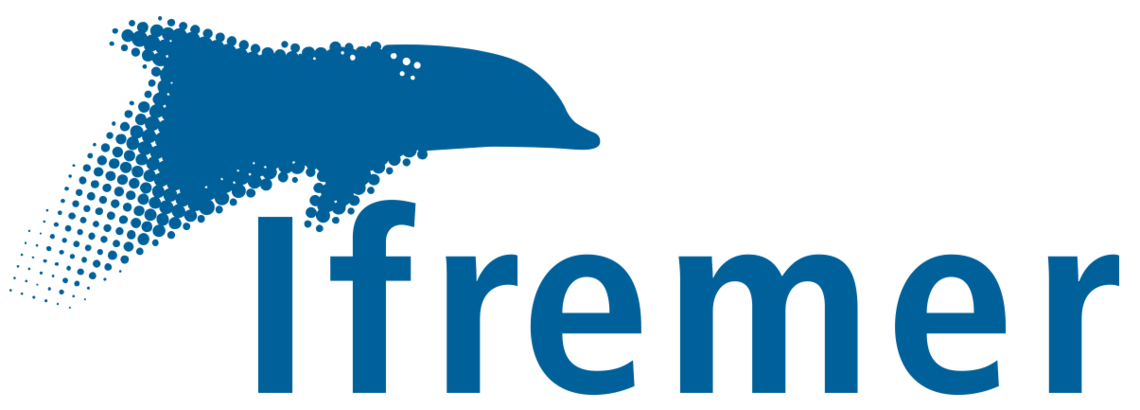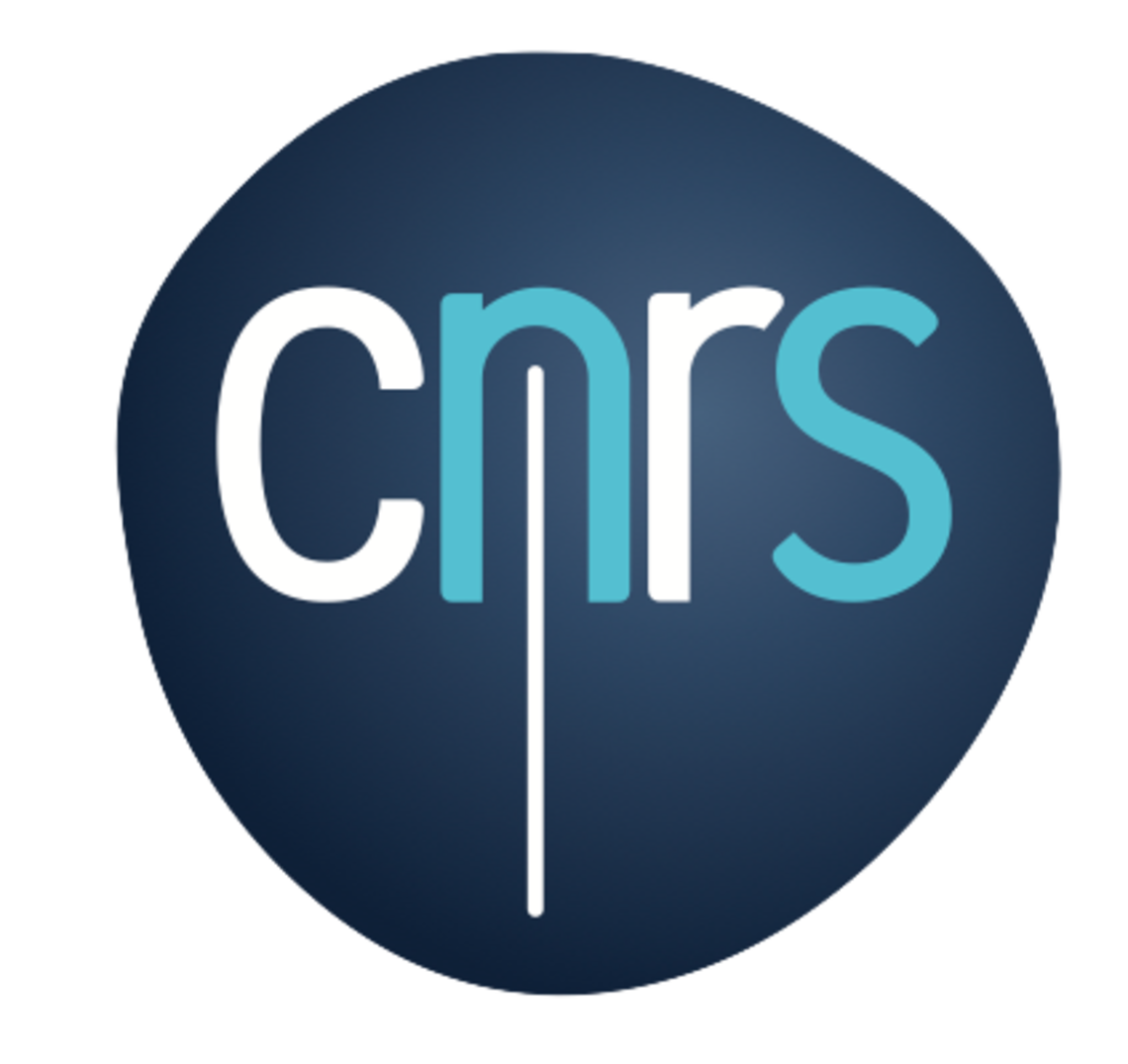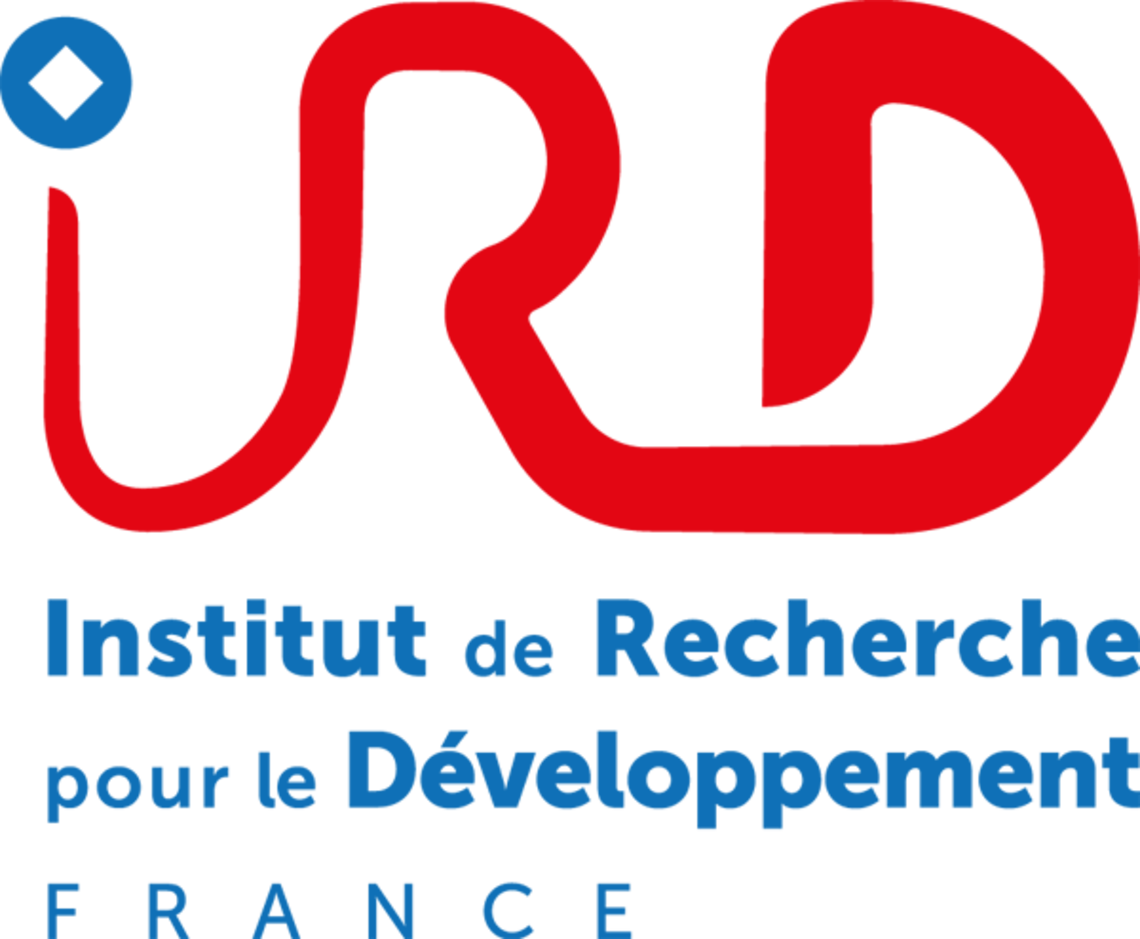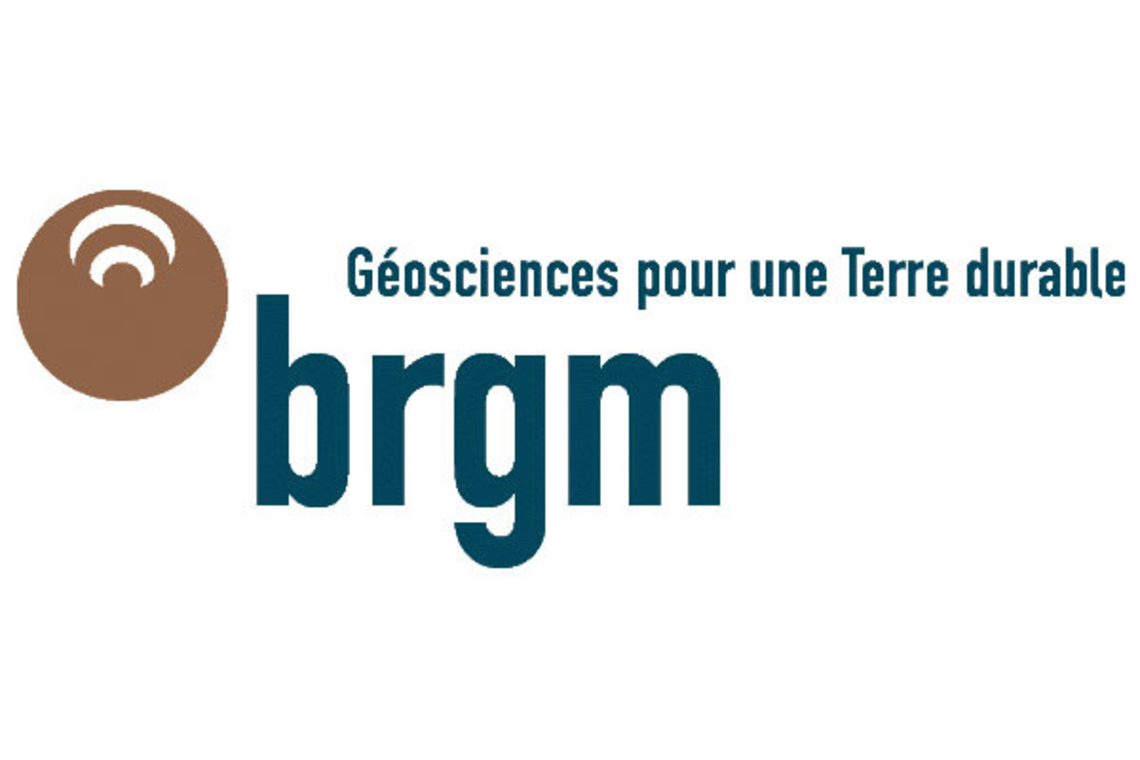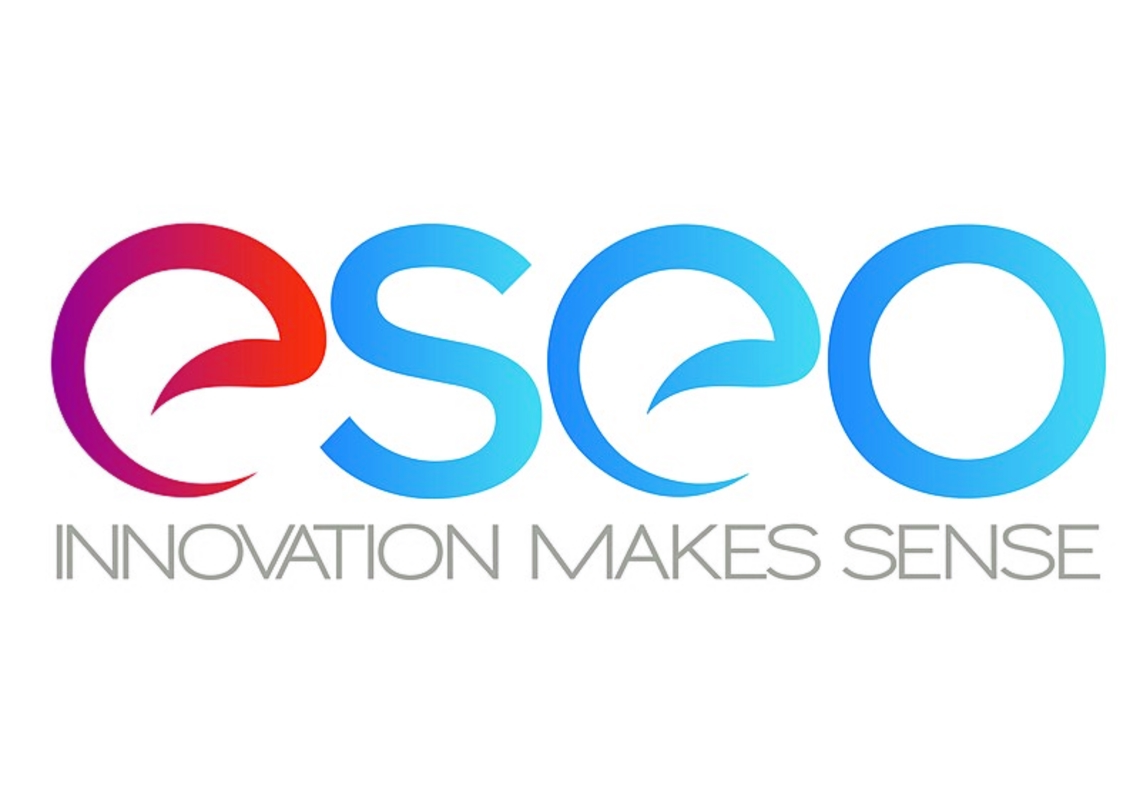Beneficiary of ANR funding
Ifremer will contribute with 710 p-m (including 272 p-m for deep-sea environmental studies) during the 8 years of duration of the project and provide
- technological and engineering expertise for seafloor instrumentation;
- scientific expertise in marine geoscience and deep-sea environment;
- in-house testing facilities (high pressure vessels; instrumented water tanks; etc.
- naval facilities (vessels and submersibles);
- highly trained and experienced personnel for conducting the marine operations and interfacing with marine telephone cable operators;
- funds the part of the program on deep-sea eco-systems research.
.
CNRS will contribute with 738 p-m by allocating personnel for research and engineering from:
- the different research laboratories in solid earth, ocean and environmental sciences, involved in the project. These labs will act as « Mixed Research Units » (UMR in French, for « Unité Mixte de Recherche) established in partnership with other partner institutions. The UMRs are namely divided in two categories:
- those that will manage the equipment GeoAzur (Nice), Domaines Océaniques (Brest), LIENSs (La Rochelle), ISTERRE (Grenoble)
- and those that support the project with less that 10% of a researcher, GET Toulouse, Labo de Géologie de l’Ecole Normale Supérieure Paris, Institut terre et Environnement de Strasbourg;
- its technical division (DT-INSU);
- the different Observatories (OSU - Observatoires des Sciences de l’Univers) involved in the project and presently operating in: Nice (OCA) ; Brest (IUEM) ; La Rochelle/Bordeaux (OASU) ; La Réunion (OVPF); Les Antilles (OVSM, OVSG); Strasbourg (EOST); Nantes (OSUNA); Toulouse (OMP); Montpellier (OREME); Clermont-Ferrand (OPGC) ; Grenoble (OSUG); Lyon (OSUL).
.
IPGP will contribute with 554 p-m and will:
- open 6 new, permanent positions (3 engineers including an Information Systems engineer, 1 technician, and 2 researchers), specifically allocated to REVOSIMA (recruitment in progress and MESRI annual concours);
- host, operate and maintain part of the equipment acquired by the project within Elements 2, 3 & 5;
- conduct advanced R&D for innovative instrumentation (optical seismometers) within Element 4;
- provide expertise in long-term monitoring, based on the experience from the three French active volcanoes onshore (La Réunion, Guadeloupe, Martinique);
- act as coordinator of REVOSIMA.
.
IRD will contribute with 36 p-m
- by allocating personnel from different mixed Research Units (UMRs), namely:
- GeoAzur (Nice),
- Domaines Océaniques (Brest),
- ISTERRE (Grenoble),
- GET Toulouse,
- LMV (Clermont-Ferrand),
- Géosciences Montpellier
- by opening a full-time position for a research engineer in charge of maintaining and operating part the OBS pool that is hosted at GeoAzur
.
BRGM will contribute with 35 p-m and will:
- prepare the implementation of the cabled observatory by making links with end users, civil protection and local authorities through its regional direction based at Mayotte
- manage the Magneto-Telluric (MT) component of the program in partnership with UMR Geosciences Ocean and subcontractors. Will operate on its own the land reference MT stations.
.
ESEO will contribute with 16 p-m and provide the project with
- PhDs and Master students
- Its work force for R&D in optical seismometry

